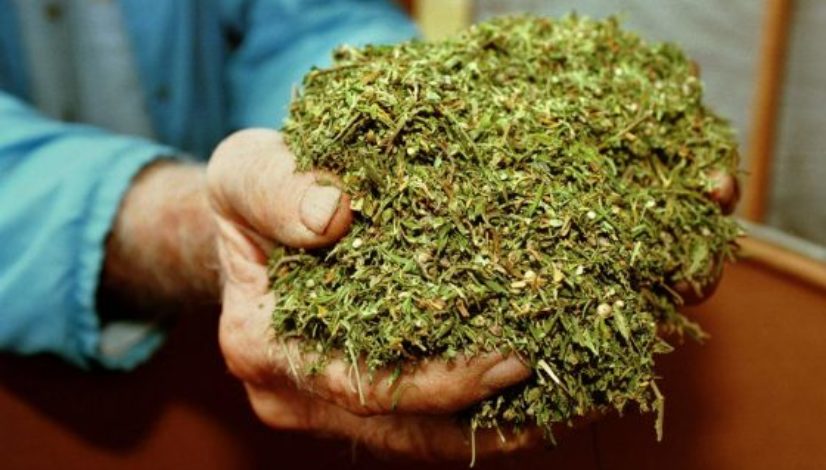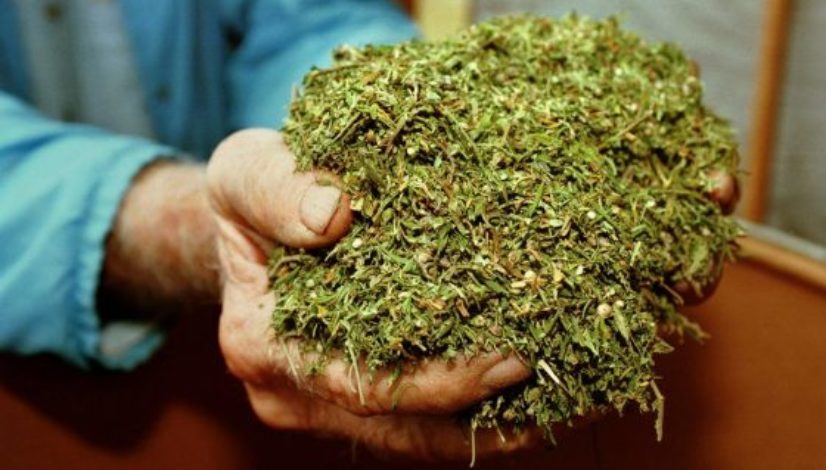DEA plans to reduce quota of government-grown marijuana for research in 2018

Published: Aug 8, 2017, 7:37 am • Updated: Aug 8, 2017, 7:37 am
By Alicia Wallace, The Cannabist Staff
The U.S. Drug Enforcement Administration intends to decrease the amount of marijuana it allocates for federally approved research.
The DEA has released its proposed 2018 aggregate production quotas (APQ) for substances that fall under the tightest restrictions as Schedule I and II in the federal drug classification; the APQs are set to meet the estimated needs for research and industrial purposes.
DEA in the news
- Federal lawsuit against Sessions and DEA says marijuana’s Schedule I status unconstitutional
- Even the DEA says nobody has ever died of a marijuana overdose
- Op-ed: DEA position statement on CBD, hemp and Farm Bill “reckless and illegal”
- The DEA said it would end its monopoly on research marijuana. Was it just smoke and mirrors?
- In the DEA’s words: Agency stance on CBD, hemp products and the Farm Bill
The APQ proposal calls for a reduction of most substances, notably Schedule II opioid painkillers such as oxycodone, morphine, codeine and hydrocodone, DEA officials said. The proposed quotas also were lowered for “marihuana” and tetrahydrocannabinols according to the notice published Friday in the Federal Register. The DEA is in a 30-day comment period for the proposed adjustments.
The proposed production quotas for marijuana are 443,680 grams (about 978 pounds), down from 472,000 grams (about 1,040 pounds) in 2017, according to the notice. The quotas for THC were reduced to 384,460 grams (about 848 pounds), from 409,000 grams (about 902 pounds) in 2017.
A year ago, the DEA announced it would reduce barriers to research by allowing more entities to apply for licenses to cultivate marijuana and manufacture cannabis products for federally approved research projects. For nearly 50 years, the University of Mississippi has been the only authorized grower of marijuana for federal research, under a contract with the National Institute on Drug Abuse.
Researchers have expressed concern about the government-provided stock, saying it does not accurately reflect products available in states that have legalized medical marijuana. Additionally, tests found that some of the samples provided from Ole Miss were contaminated with mold, PBS NewsHour reported in March.
The DEA has received 22 applications for that expanded program, said Melvin S. Patterson, an agency spokesman, in an emailed statement to The Cannabist. None has been approved, he said, noting that the expansion is unprecedented and it’s unclear how long the process could take.
The APQ is set first and independent of manufacturers’ desires, then divvied up later, he said.
“Their wants are not a factor in setting the APQ,” he said. “The things related to manufacturing that are factors are how much they disposed of in the current and previous two years; how much they have in inventory and trends in inventory maintenance; and the availability and cost of raw materials they need to make their products. But their business goals and strategies are not factors.”
As the production quota for marijuana was increased substantially in recent years, the reduction for 2018 might not be as pressing as other concerns, said Rick Doblin, founder and executive director the Multidisciplinary Association for Psychedelic Studies. MAPS partnered with Lyle Craker, a professor at the University of Massachusetts-Amherst, to apply for a marijuana manufacturing license as part of the DEA’s stated expansion.
The latest in research
- NFL commish Goodell says league ready to research medical marijuana’s safety and effectiveness
- Legalizing recreational marijuana could increase traffic crashes, insurance-backed group warns
- Does research support Ann Coulter’s claim there’s a racial correlation to lying about weed use?
- Scientists go through trouble to research if regular weed users are more relaxed than others
- For first time, NFL offers to work with players’ union to study cannabis for pain
“Rather, the issue is whether the DEA is willing to end the (National Institute on Drug Abuse) monopoly and let private industry/nonprofits grow marijuana in order to conduct medical marijuana drug development research,” Doblin said via email.
Since returning a set of questions from the DEA on April 12, Craker has not received a response, MAPS officials said. Craker is seeking a license to grow about 100 pounds initially — about 25 pounds each of four different varieties, Doblin said.
Topics: DEA, Drug Enforcement Administration, federal, federal regulations, growing marijuana, Multidisciplinary Association for Psychedelic Studies, National Institute on Drug Abuse, NIDA, research, researchers  Alicia Wallace
Alicia Wallace
Alicia Wallace joined The Cannabist in July 2016, covering national marijuana policy and business. In her 14 years as a business news reporter, her coverage has spanned topics such as the economy, natural foods, airlines, biotech, retail,…




